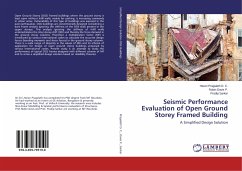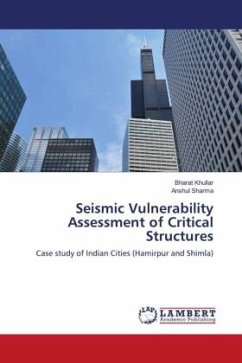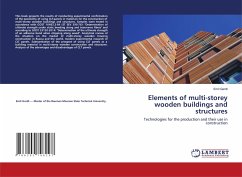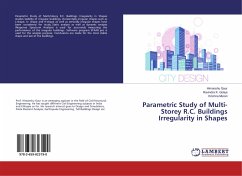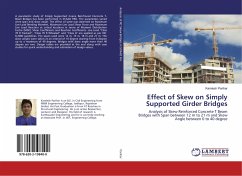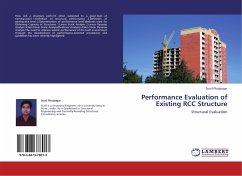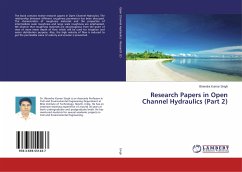
Mitigating the Effects of Open Ground Storey in RCC Structures
Versandkostenfrei!
Versandfertig in 6-10 Tagen
33,99 €
inkl. MwSt.

PAYBACK Punkte
17 °P sammeln!
The buildings with open ground storey configurations have shown higher tendency for collapse during earthquakes due to the soft storey effect. This effect is mainly due to increased flexibility of soft storeys as compared to normal floors. The stiffness of the building will be reduced due to the presence of open ground storey configuration and because of this, large bending moments and shear forces act at that storey. Now-a-days this type of open ground storey configuration is being preferred to tackle the problem of parking space. This work focuses on studying the effects of soft storey confi...
The buildings with open ground storey configurations have shown higher tendency for collapse during earthquakes due to the soft storey effect. This effect is mainly due to increased flexibility of soft storeys as compared to normal floors. The stiffness of the building will be reduced due to the presence of open ground storey configuration and because of this, large bending moments and shear forces act at that storey. Now-a-days this type of open ground storey configuration is being preferred to tackle the problem of parking space. This work focuses on studying the effects of soft storey configuration in the buildings and remedying it by using different structural arrangements, such as shear walls, diagonal steel bracing and cross steel bracings. The different arrangements are checked for various symmetrical buildings such as low rise, medium rise and high rises. For this purpose, Linear dynamic analysis (response spectrum analysis) and Nonlinear static procedure (NSP) (Push overanalysis) have been adopted. As the height of the building increases, the factors evaluated in this paper exert a major impact on the building's stability, thus necessitating the need for in depth study.



